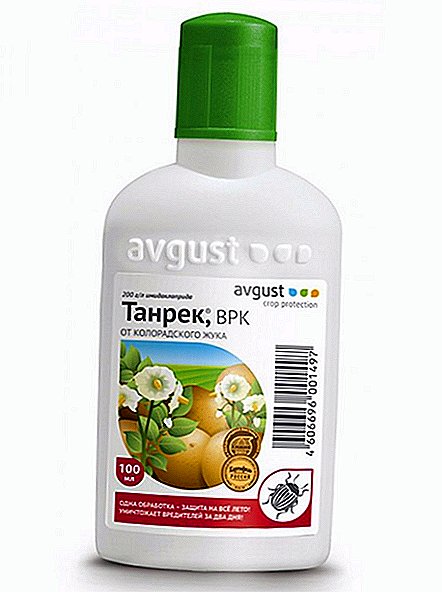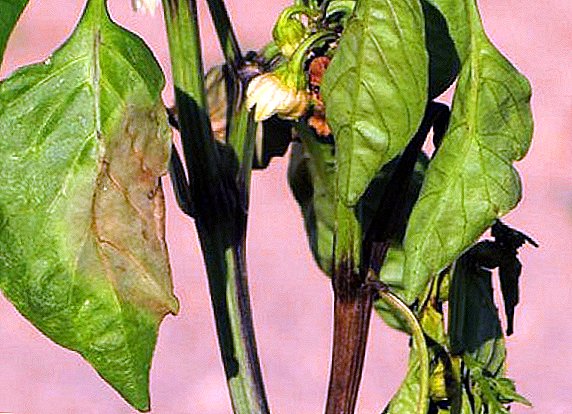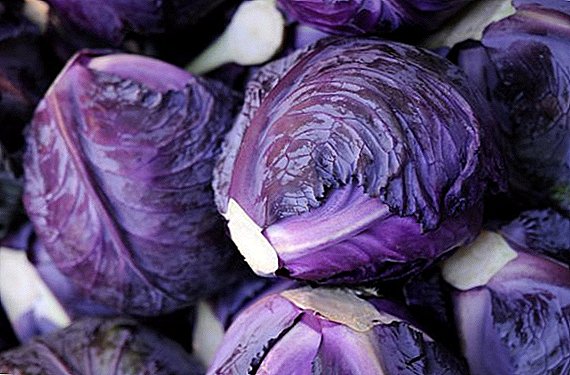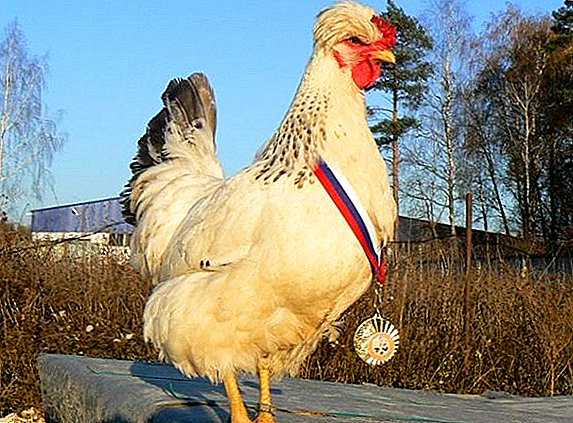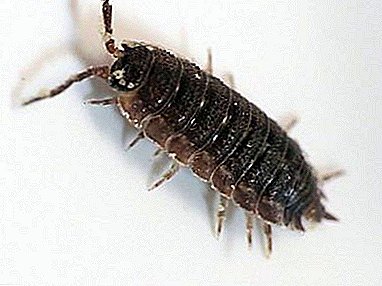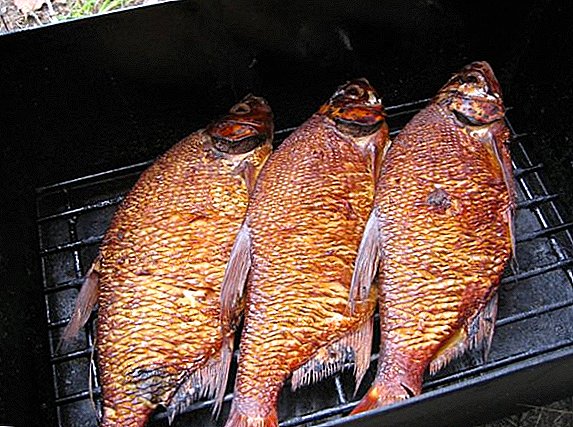 The Don horse belongs to the top-sled horse breeds and today it is found in many equestrian schools and even in the police service. Unlike heavy trucks, these animals look much slimmer, but that makes them no less attractive. Description, features of the maintenance and use of Don horses will be discussed in the article.
The Don horse belongs to the top-sled horse breeds and today it is found in many equestrian schools and even in the police service. Unlike heavy trucks, these animals look much slimmer, but that makes them no less attractive. Description, features of the maintenance and use of Don horses will be discussed in the article.
Breed history
The history of the breed's origin is connected with the history of the Cossacks, because the first studs appeared in the 18th century on the Don. The animals contained were agile and flexible, they easily overcame any obstacles and performed sharp turns, were distinguished by low demands on care and food. In the second half of the 18th century, the already well-known Don breed of horses continued to improve under the conditions of specialized factories.  The ancestors of Martynov, Ilovaisky and Platov became the ancestors of the new lines, and later the first stud breeding plant named after M. Platov was created, where the best Persian and Arabian horses were used for mating with Don mares. At about the same time, the Yanov's stud farm (founded in 1776), the Serikov and AV Ilovaysky refineries (1778), Kuznetsov and NV Ilovaysky began their activities.
The ancestors of Martynov, Ilovaisky and Platov became the ancestors of the new lines, and later the first stud breeding plant named after M. Platov was created, where the best Persian and Arabian horses were used for mating with Don mares. At about the same time, the Yanov's stud farm (founded in 1776), the Serikov and AV Ilovaysky refineries (1778), Kuznetsov and NV Ilovaysky began their activities.
Did you know? The first studs in Russia began to appear in the XIV century, however, then they were called princely "herd of horses".In 1910, at the All-Russian Exhibition, horses of an unusual reddish-gold color were presented for the first time, which all experts highly appreciated. Since then, the Don breed has received national recognition and began to be widely used to improve the characteristics of the local population. During the nineteenth and twentieth centuries in the development of the Don horse breed both ups and downs were observed, largely due to the wars and instability of the socio-economic situation.
 However, having survived all the difficulties, these horses are still under threat of complete extinction. Every year the livestock of Donchaks continues to decline, and those individuals that can still be used for breeding are often kept by breeders who are remotely familiar with the characteristics of these animals.
However, having survived all the difficulties, these horses are still under threat of complete extinction. Every year the livestock of Donchaks continues to decline, and those individuals that can still be used for breeding are often kept by breeders who are remotely familiar with the characteristics of these animals.general characteristics
Describing the Don horses, you should pay attention to their external features, character and habits, to highlight the advantages and disadvantages.
Karakhai and Altai horse breeds can also be attributed to riding-sledding.
Appearance
Purebred Don horses, which for the most part come from pre-existing large plants, are characterized by an elegant, but at the same time, strong build and average parameters:
- height at withers - 164-166 cm;
- torso length - 164-165 cm;
- chest girth - 194-195 cm;
- the circumference of the metacarpus - 20,5-21 cm
 Assessing the representative of the breed from the side, it is easy to notice its wide bones and developed muscles, as well as strong legs, formed as a result of constant movement across the steppe expanses. Don horses are light and thrifty in their movements, and, despite the rather impressive growth, animals look very graceful.
Assessing the representative of the breed from the side, it is easy to notice its wide bones and developed muscles, as well as strong legs, formed as a result of constant movement across the steppe expanses. Don horses are light and thrifty in their movements, and, despite the rather impressive growth, animals look very graceful.Their head is of medium size, but the eyes are located at a considerable distance from each other, and from the side this feature is very noticeable. The coat color of donchak varies from pure red to golden red and glitters very well in the sun. True, there are often black and gray horses, and the red color can be supplemented with white markings.
Learn how to breed horses at home.
Character
The owners of the Don horses celebrate their good disposition and self-esteem, which is reflected in intelligent behavior and responsiveness. Character is balanced and docile, but before such an attitude the rider will have to “grow” in the eyes of his horse. The natural curiosity of these animals greatly facilitates the task of training them, however, most often Don horses choose for themselves only one owner, who is later heard and forgive the rider practically any mistakes.  Due to their noble behavior, adults create the impression of great power, calmness and reliability. However, these horses are not created for idleness and need sufficient loads, with daily use in work. Without this, the character and behavior of the horse can change, and not for the better.
Due to their noble behavior, adults create the impression of great power, calmness and reliability. However, these horses are not created for idleness and need sufficient loads, with daily use in work. Without this, the character and behavior of the horse can change, and not for the better.
Important! With a bad attitude towards them, Don horses can take offense at their master for a long time, and then obedience from them will be difficult.
Advantages and disadvantages
Each breed has its advantages and disadvantages, which must be taken into account by breeders. Don horses are not without virtues, but at the same time, the existing imperfections of these horses cannot be ignored. These include:
- low speed, due to which horses rarely achieve success in sports;
- relatively low maneuverability;
- reduced viewing angle (due to short nape);
- complex nature, because of which it will be difficult for a beginner to make contact with an animal;
- among the modern representatives of the breed there are very few individuals differing in the primary qualities of the donchaks: bravery and imperturbability in any situation.
 As for the advantages of breeding the breed, in addition to its historicity can be identified and immediate positive qualities of the horse:
As for the advantages of breeding the breed, in addition to its historicity can be identified and immediate positive qualities of the horse:- attractive appearance (largely due to the beautiful color and fit physique);
- high intellectual abilities;
- loyalty to one master.
Important! Stallions that do not differ in true breed traits, but show a high aggressiveness, it is desirable to neutered. This procedure will significantly soften their character and help in working with them.
Scope of application
As we said, Don horses are no longer bred as extensively as in previous centuries, but this does not mean that the existing individuals are not used anywhere. There are several applications of donchaks:
- light harness (usually in private small farms);
- horse riding lessons both in large and medium horse clubs, the main thing is proper training of the horse itself and its appeasability;
- medicine and psychology - due to the attractive appearance of the horse are great for hippotherapy.
 In the sports direction, Don horses are used infrequently, but still there are owners who send them to competitions or represent them at various exhibitions.
In the sports direction, Don horses are used infrequently, but still there are owners who send them to competitions or represent them at various exhibitions.Conditions of detention and care
If the representatives of the described breed are kept in the plant, then the herd culture method is usually relevant for them. Thus, breeders can select individuals according to their nature and use them in different directions. In each herd preference is given to calm and docile horses, while capricious and recalcitrant stallions and mares are almost immediately rejected.
Important! Foals are robbed of mothers in the fall, and a specific month depends on the ability of self-subsistence (on pastures) and the fatness of the young representative of the breed. Each foal subsequently receives its individual number and the emblem of the plant.The maintenance of a donchak undoubtedly affects its character traits, so if you want to get the most out of an animal, you will have to provide it with proper care, as for private breeders. Hygiene procedures (bathing) should be carried out at least twice a week, and after each walk, gently wipe the animal's nostrils with a clean and soft cloth so that a moist environment does not cause the appearance and development of infectious processes.
 Equally important is the care of the horse's hooves. Every day, check their integrity and do not forget to clean from dirt and road dust. Monitor the state of the horseshoes and their correct location, which will protect the animal from injury. Mane and tail should be periodically cleaned from the grass and combed, well, if you buy a special shampoo for them.
Equally important is the care of the horse's hooves. Every day, check their integrity and do not forget to clean from dirt and road dust. Monitor the state of the horseshoes and their correct location, which will protect the animal from injury. Mane and tail should be periodically cleaned from the grass and combed, well, if you buy a special shampoo for them.Even with the external well-being of a horse, one should not forget about regular visits to the vet - at least once every six months. After examining the animal (including its teeth), a specialist will help eliminate the possible development of disease or prescribe timely treatment. In addition, to ensure the well-being of the racers will help and hygiene in the stable.
Did you know? Don breed horses used in the breeding of popular riding Budennovsk horses. As a result of crossbreeding mares with purebred stallions of other breeds, they managed to get even more beautiful, docile and courageous animals.
Proper feeding
In the cultural-herd breeding in the summer horses feed pasture, or rather, they themselves find it with free grazing. In this way, the owners not only minimize material costs, but also help to develop the independence and simplicity of the horse. With the arrival of winter, the horses are kept in warmed stables with the obligatory inclusion of various feed and hay in the diet.  When grazing on pastures, Don horses prefer clover, timothy grass, bluegrass, and rye grass. In addition, mares should be fed 2-4 kg of concentrated feed per day, while 4-5 kg of such food should be introduced into the diet of the young. In the breeding season, the Donchaks include eggs, sugar, and milk in the menu. Stallions are fed 5 kg of hay daily, adding vegetables and cereal feed to it.
When grazing on pastures, Don horses prefer clover, timothy grass, bluegrass, and rye grass. In addition, mares should be fed 2-4 kg of concentrated feed per day, while 4-5 kg of such food should be introduced into the diet of the young. In the breeding season, the Donchaks include eggs, sugar, and milk in the menu. Stallions are fed 5 kg of hay daily, adding vegetables and cereal feed to it.
Also, do not forget that riding horses should consume a sufficient amount of salts, vitamins and minerals. Don breed horses can be called a kind and unique, so these animals are not suitable for everyone. However, if you still manage to win their love, then there is no doubt in devotion, which only adds value to the breed.


